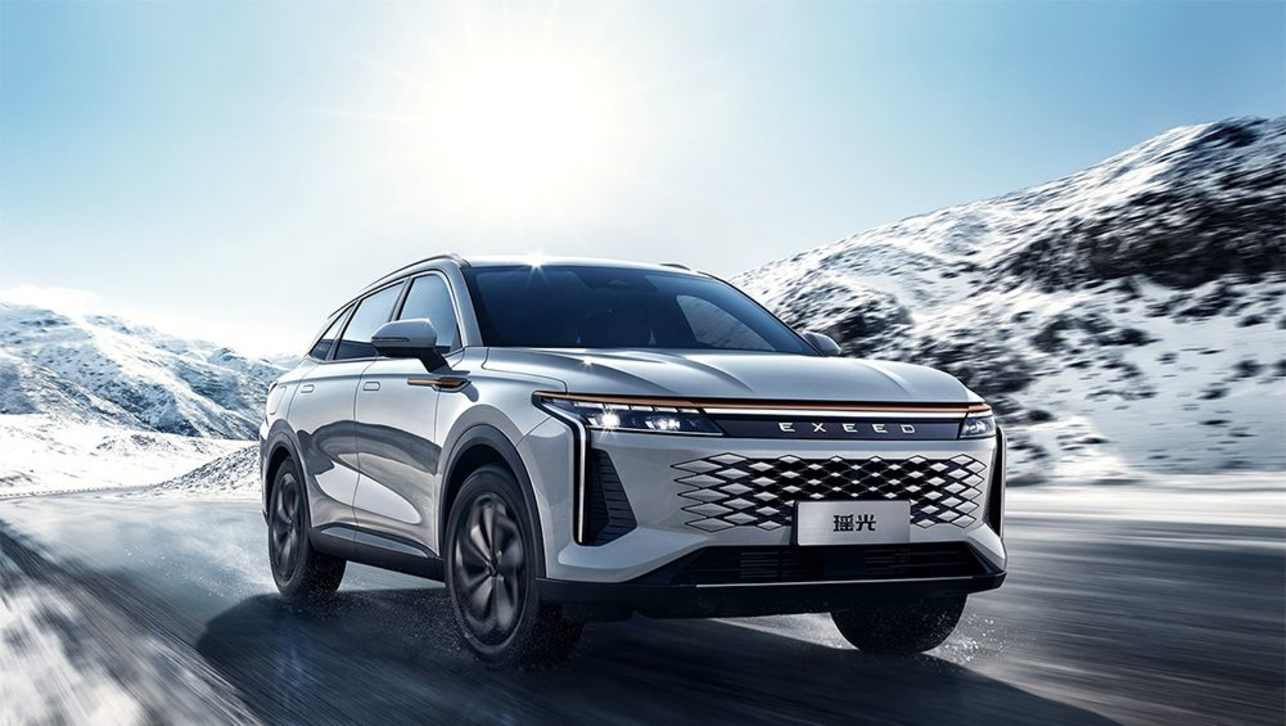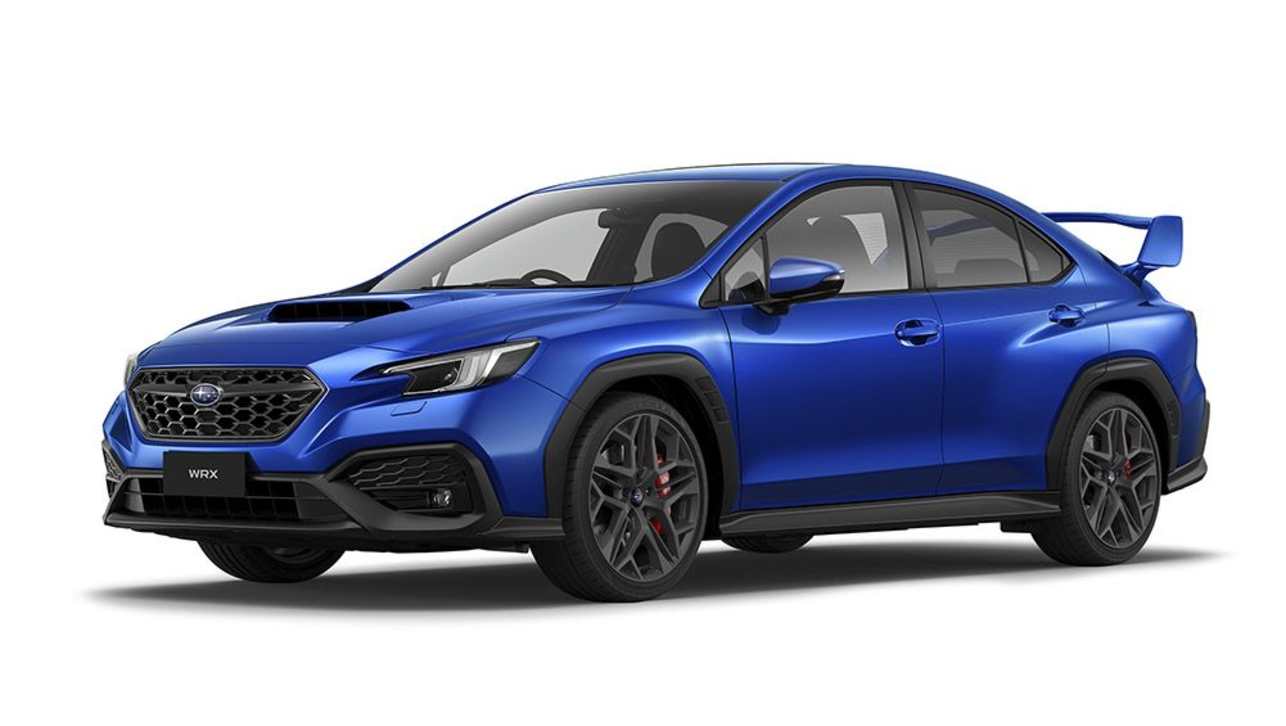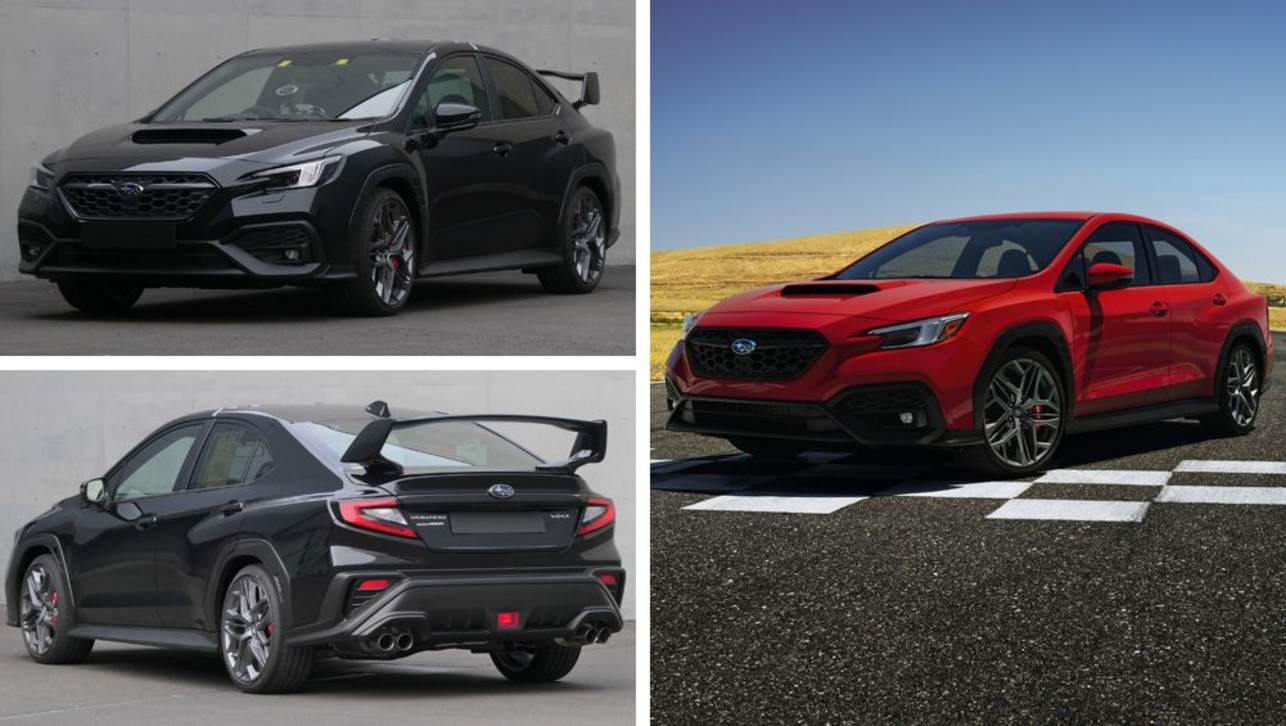Call it what you will. The dreaded second-album syndrome. Pressure to make lightning strike twice. Or just blind dumb luck the first time around. Whatever it is, sometimes a follow-up doesn’t live up to the promise of the original.
Now, we’re not saying that all of the current versions of the models mentioned below are necessarily bad or even mediocre – though one or two doubtlessly come close. Most remain impressive in many areas. Plus, a few are actually more popular than before and, in a couple of cases, even top the best-sellers charts.
But, for reasons sometimes obvious, other times oblique, they all seem to lack that certain mojo that made their predecessor/s something special.
So, sit back and take a journey with us, as we outline what made the original/s good, what went wrong, and what should be done to make them great again.
Subaru WRX
.jpg)
A timeless classic in the making, the 1994 Impreza WRX original was the hot performance bargain of the decade, as well as a simple yet elegant design statement that still looks great. Nearly 30 years on, you would still be proud to be seen in the Subaru. Nailed it.
However, every successive generational change seems to have riled fans and critics alike – the 2000 redesign’s styling was deemed over-wrought while the 2007 Mk3’s was too understated; and today's outgoing WRX from 2014 feels its age by being neither sharp nor rewarding enough to engage the enthusiast. Where’s the fun?
Enter the 2022 WRX, with properly eye-catching yet handsome design, an all-new platform (at last, after 28 years) and a much-needed powertrain overhaul.
It should finally return to delivering guts and glory in a gorgeous package. High time, too.
Toyota HiLux
.jpg)
Australia’s best-selling vehicle over the past few years, the HiLux trades heavily on the goodwill earned from 53 years of continuous production, the robust durability and reliability of older versions, and Toyota’s formidable marketing might.
Over six generations from the first N10 of 1968 to the last Japanese-built model back in 2005, the HiLux was at or near the forefront of one-tonne pick-up truck development, deserving its stellar global reputation.
Then the larger, Thai-built seventh-gen truck launched in the mid-2000s, and that super-tough indestructability faded, just as rivals like the Nissan D40 Navara stepped up with a more appealing package offering a wide range of options.
And by the time of 2015’s eight-gen restyle, the HiLux trailed the boundary breakers like the Australian-developed Ford T6 Ranger and Volkswagen Amarok. Reliability woes have also dogged some variants.
Popularity, resale and familiarity remain major drawcards for Toyota’s evergreen truck, but it’s feeling cheap, old and off the pace across most fronts in 2021 despite commanding a hefty price premium, especially against newer and more keenly priced alternatives.
A return to exacting Japanese quality standards is needed for the coming next-gen replacement to restore the default truck’s tarnished image. Hopefully Toyota has taken a long, hard look at what makes the Ranger so much more likeable.
Suzuki S-Cross SX4 hatch
.jpg)
You might not have clocked this yet but thousands of ecstatic owners have. The original GY-series SX4 hatch from 2006 to 2014 is a gem – especially in AWD guise.
Perfectly formed (with lines courtesy of Giorgetto Giugiaro's Italdesign), inviting inside, sweet to drive, cheap to own and easy to live with, this reliable, high-quality, Swift-based five-door runabout set the template for future small SUVs and crossovers.
Except… then Japan’s minicar/motorcycle giant Suzuki promptly forgot to follow it.
The JY-series S-Cross SX4 successor went from fit to fat, losing the sparkling agility, exquisitely compact dimensions and puppy-dog charm of the first. Bereft of personality, it went from fab to drab in one redesign. And the less said about 2017’s toothy ‘facelift’… the better.
Our advice? Next time around, Suzuki needs to rediscover the less-is-more smarts of the first SX4 hatch.
Land Rover Discovery 5
.jpg)
The first two Discovery series (1989 original and 1998’s ‘2’) were basically a cut-price 1970 Range Rover with a modern nose, taller turret, cool skylights and a very funky period interior. People loved it.
Likewise, few follow-ups are as visually compelling as the Ford-funded Discovery 3 (L319 of 2003) and 4 (2009). This second-generation version broadened the nameplate’s global appeal, retaining the utilitarian toughness and rugged charm of the preceding British body-on-frame 4x4s. You’d imagine Bob the Builder would yearn for one.
However, the current L642 released in 2017 might as well wear Range Rover badges, because it went from business class to first class sophisticated techno overkill in a single bound.
Being a monocoque-bodied luxury SUV, today's model is probably way better in every respect, but the chunky, can-do accessibility of earlier models vanished. Falling demand reflects how cold this version has left fans and traditionalists high and dry. That awkward rear styling doesn’t help, either.
A classic case of over-ambition then. Next time, a back-to-basics approach might be the answer. Lucky for Land Rover, the related new Defender seems to have rediscovered that old Disco magic anyway. Is there even a place for it nowadays?
Honda Odyssey
.jpg)
When revealed in the mid 1990s, the RA1 Honda Odyssey was regarded as one of the highest quality seven-seater people movers in the world, bringing lofty engineering standards to the segment. It was also that rare commodity – a classless proposition.
The same more-or-less applied to the reskinned RA2 1999 version, while the RB Japanese domestic market replacement from 2004 (heavily revamped for 2009) brought a unique extended-wagon litheness to the concept that has never been replicated. A slick and sophisticated family car, you could mention the Honda in the same breath as a Volvo wagon. All for the price of a Kia.
Then the RC was released, and the sleek, stylish silhouette gave way to a heavy-handed humdrum van-like wagon with sliding side doors. What used to feel and drive like an Accord Euro wagon instead seemed like a Toyota Tarago wannabe, with little in the way of the refinement or driver appeal of old.
Recently, Honda in Japan announced a new Odyssey is coming for 2023. If that can recapture the flair and allure of the earlier generations, then maybe the nameplate will return to winning awards and critical accolades again. Fingers crossed.
Mercedes-Benz A-Class
.jpg)
The A-Class’ journey has certainly been real.
The 1997 original (W168) and second generation (W169) redesign of 2004 were stubby yet tall radical urban-focused hatchbacks with outstanding safety and packaging. But these benefits were offset by dreary driving dynamics, early quality issues and challenging styling. Neither hit the heights of popularity that its maker yearned.
Then the all-new W176 third-gen landed in 2012, with sporty styling, sophisticated engineering, stirring performance and sharp handling. Nobody cared too much about the squeaky cabins, brittle ride, poor space utilisation or small boot. It looked great. From the lowliest A180 to the AMG A45 hotshot, the message was always consistent. This was a fun, youthful Benz you’d proudly own. Sales at last soared.
However, while still successful, the current W177 restyle from 2018 is a tale of two A-Classes. Compared to the slingshot A250/A35/A45 versions that improve the breed on a number of levels, the lower grades like the A180 are hobbled by a switch to a non-independent rear suspension layout, a coarse Renault-sourced engine, cheap interior plastics and a lack of refinement. These are not up to the exalted reputation of the brand, falling short of meeting consumer expectations.
At least the previous A-Class generations were consistent; today’s is very price dependent – greatness eludes the most affordable models. For the coming successor, Mercedes-Benz needs to stop cutting corners and actually live by its slogan of delivering ‘the best or nothing’.






.jpg)
.jpg)

.jpg)


.jpg)
.jpg)
.jpg)

.jpg)



.jpg)
.jpg)


.jpg)
.jpg)



.jpg)
Comments